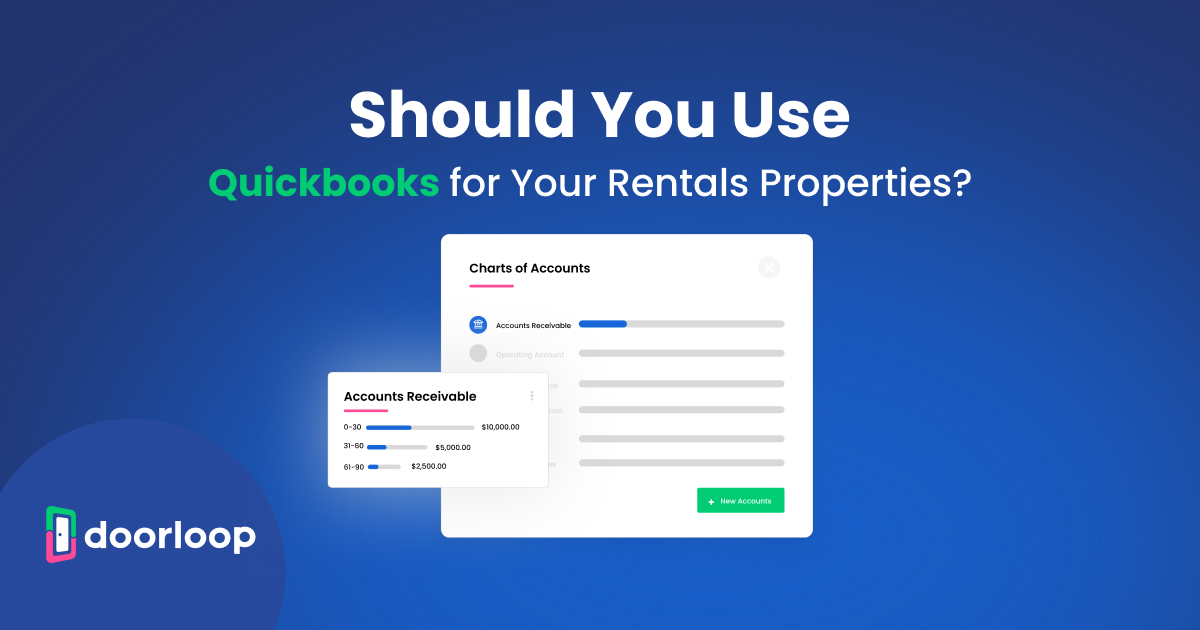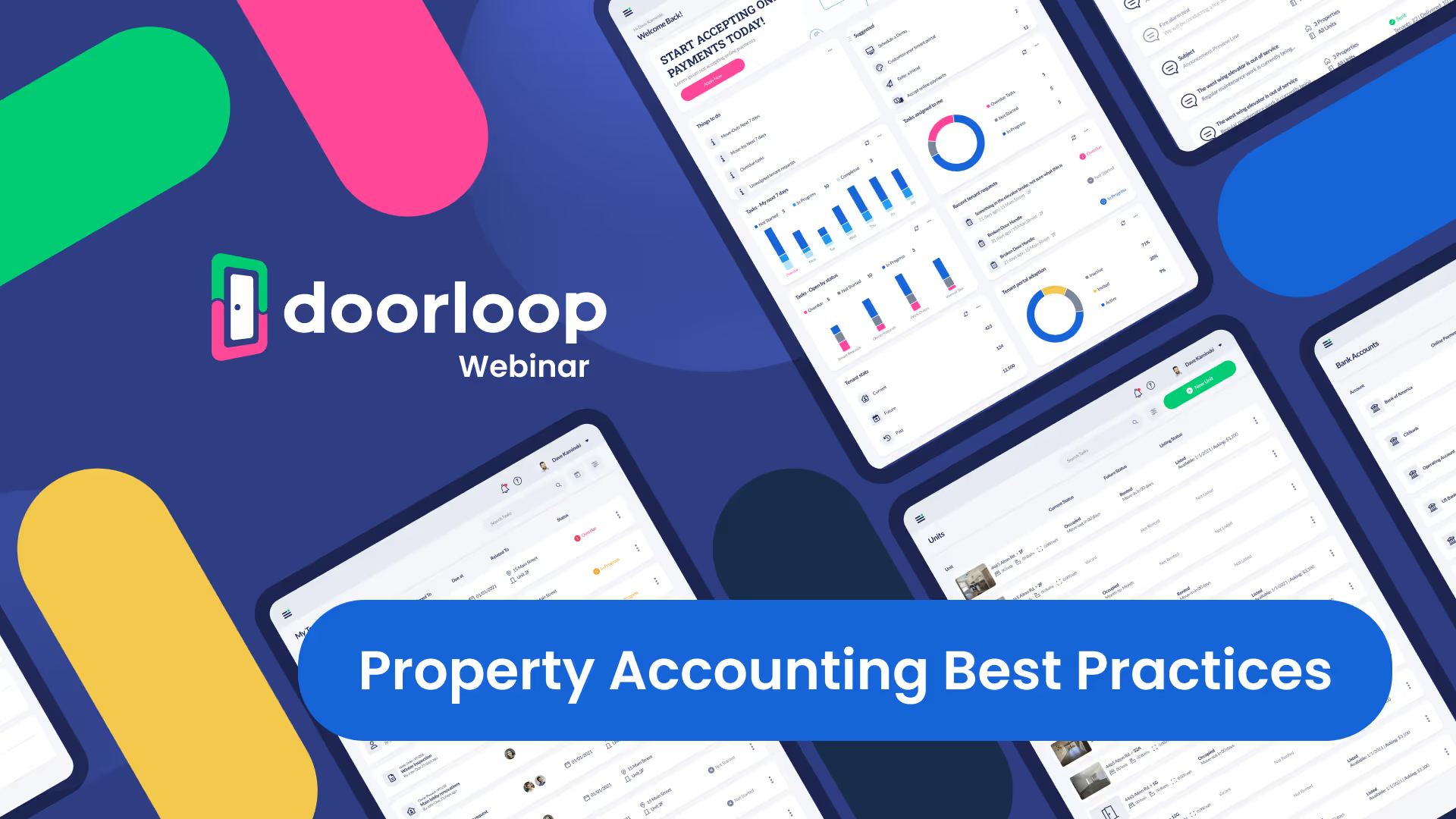There are a few ways to calculate your rental property earnings- one of which is the net effective rent calculation. As a landlord or property manager, keeping track of the annual rent you collect is vital for the success of your business, and a net effective rent calculator can help you do just that.
In this guide, we look at what net effective rent means and how it is calculated- complete with examples of the net effective rent formula in use and other helpful information.
What Is Net Effective Rent?
Put simply, net effective rent (NER) is the actual amount a tenant pays after you account for free months, vacancies, and other discounts. It can be used for a single property or across multiple units to find the total rent paid.
Many landlords or rental property companies sometimes offer deals and reductions to appeal to a wider audience of prospective renters or keep the tenants they already have in their units. Rent-free months and seasonal discounts are some examples. Your annual net effect rent is what you take after these deductions.
It is sometimes confused with gross rent, but understanding the difference is crucial. Gross rental income is not calculated with discounts, so the number it gives you is not always entirely accurate.
What Affects Net Effective Rent?
If you never offer any reductions or freebies on any of your properties, then your net effective rent and gross rent are the same. The measurement is only affected by reduced or free rent offers on some or all of your properties.
How to Calculate Net Effective Rent
There are two ways to calculate net effective rent: monthly and annually. It is important to do both, as you use the first to work out the second.
Let's take a look at each formula and the variables that apply.
Monthly (With Example)
The monthly net effective rent calculation is fairly straightforward, using only three variables. You work out the net monthly rent using the following formula.
- [Gross Rent x (Lease Term - Free Months)] ÷ Lease Term
You start by taking the gross rental income you would earn without any discounts. Then, you take the total months in the lease agreement and deduct any free months. If you offer partial discounts rather than an entire free month, you should work out what percentage of one month it equates to.
Once you have this figure, multiply it by the gross rent, then subtract the total months in the lease term.
Let's look at a hypothetical example. We will use a single apartment for simplicity.
In this example, the landlord charges $2,000 per month in gross rent, but they offer one month free per year. The property has a 12-month lease.
Using these details, the calculation looks like this.
- [$2000 x (12-1)] ÷ 12 = $1,833.33
Although the gross monthly rent is $2,000, the net effective rent is $1,833.33 per month.
Annually (With Example)
Annualized net effective rent is the standard metric used in real estate when there is more than one unit involved. It is more practical for real estate modeling.
The formula for net effective annual rent looks like this.
- Monthly Net Effective Rent x Occupied Units x 12 months
To work out the net effective rent per month on multiple units, you need to look at the occupancy rate, the total rent per month combined, and the average number of free months across the units.
As an example, let's look at a property company that owns 50 units. They have an 85% occupancy rate this year. 86% of 50 is 43, so they have 43 units to calculate.
If each unit is rented for $3,000 per month on a 12-month lease. Let's assume every unit gets two free months.
Our first step is to work out the monthly net effective rate per unit using the first formula we showed.
- [$3,000 x (12-2)] ÷ 12 =$2,500
Next, we work out the total amount for the annual net effective rent using the second formula above.
- $2,500 Monthly NER x 43 Occupied Units x 12 months = $1,290,000
Limitations When Using a Net Effective Rent Calculator
Real estate calculators can tell us a lot, but there are often limitations. That applies in this case.
The discounts are usually generalized, meaning you have to put in a standard number of free months for all units. This can be complicated if you have some units different from others. You should work out the average across all your units before you use the calculator.
Learn More about Your Investments with DoorLoop Calculators
DoorLoop calculators offer a range of valuable insights for real estate investing that help you manage your financial decisions more effectively. From operating costs to returns on your investment, there is a lot to think about as a landlord or rental property owner.
If you want to maximize productivity and profitability in your rental business, schedule a free DoorLoop demo and explore a better, more convenient, and more efficient way to manage investment properties.
































.svg)
.svg)

